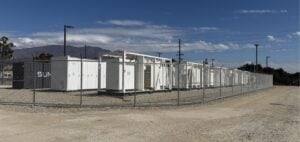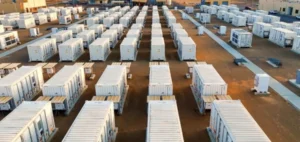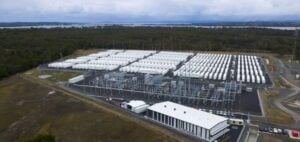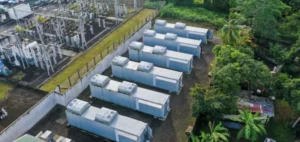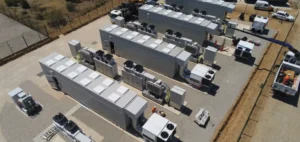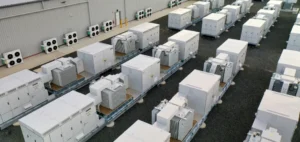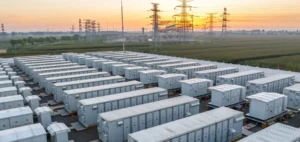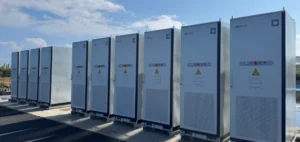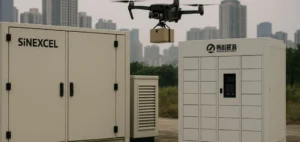Neoen begins construction of the second phase of the Western Downs Battery, an energy storage project located in the state of Queensland.
This development follows a ten-year, 200 MW / 400 MWh virtual battery agreement with AGL Energy, a major player in the Australian electricity market.
This virtual battery will enable AGL to manage its energy needs more efficiently without the need to build additional physical infrastructure.
The Western Downs Battery, comprising two units of 270 MW / 540 MWh each, uses Tesla Megapacks 2 XL, while CIMIC subsidiary UGL is responsible for the ancillary equipment.
The project builds on the existing facilities of the Western Downs Green Power Hub, which includes a 460 MWp solar power plant in operation.
This strategy optimizes investments and facilitates the integration of renewable energies into the grid.
Greater flexibility for the National Electricity Market
Thanks to the virtual battery solution, AGL can charge or discharge up to 200 MW of storage capacity according to grid demand.
The system is based on a software interface developed by Neoen, enabling fine-tuned management of the stored energy.
AGL, which manages a large production fleet on the National Electricity Market (NEM), sees this agreement as an opportunity to increase its operational flexibility without increasing its infrastructure costs. The physical battery, with grid-forming inverters, is designed to stabilize the Queensland grid.
These inverters, capable of generating their own voltage and frequency setpoints, help to regulate frequency and compensate for the intermittency of renewable sources.
They play an essential role in modernizing the electricity grid by adapting to dynamic market needs.
Reinforcing storage capacity in Australia
The development of the Western Downs Battery brings Neoen’s total energy storage capacity in Australia to almost 2 GW, spread over several projects such as the Victorian Big Battery and Hornsdale Power Reserve.
This strategic storage network helps to meet fluctuations in demand while increasing the resilience of the power system.
As part of this project, the integration of grid-forming technology optimizes grid stabilization costs and enhances energy security.
These additional capacities make it possible to better manage consumption peaks, especially during periods of high demand, without the need for new generation plants.
Outlook for the Australian energy market
This project comes at a time when Australia is seeking to meet its energy transition targets, by increasing the share of renewable energies.
The Queensland government is targeting 80% renewable energy by 2035, and infrastructure such as Western Downs Battery is central to achieving this goal.
Advanced storage capacity, coupled with grid regulation capabilities, is crucial to ensuring a stable and reliable supply.
With this expansion, Neoen and AGL Energy are showing how industry players are adapting to market demands by developing flexible, innovative energy storage solutions.
By leveraging partnerships and cutting-edge technologies, they are playing a decisive role in the evolution of Australia’s energy sector.








